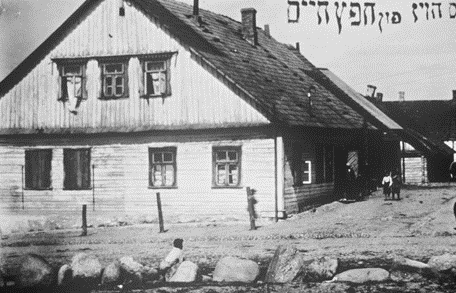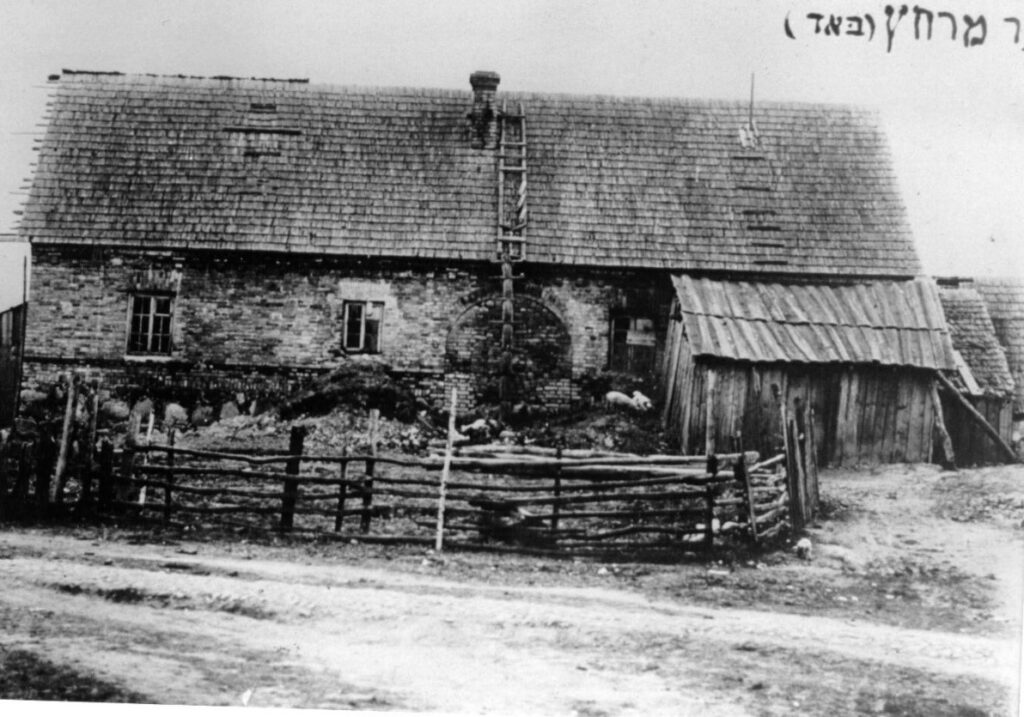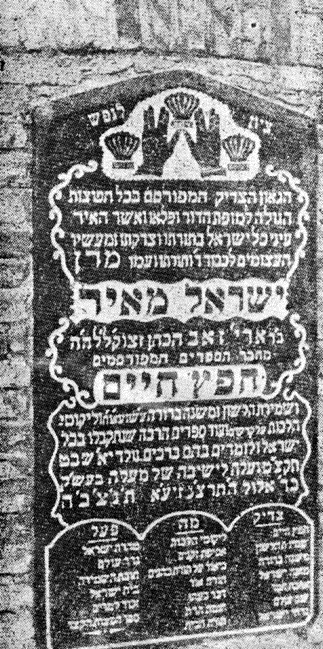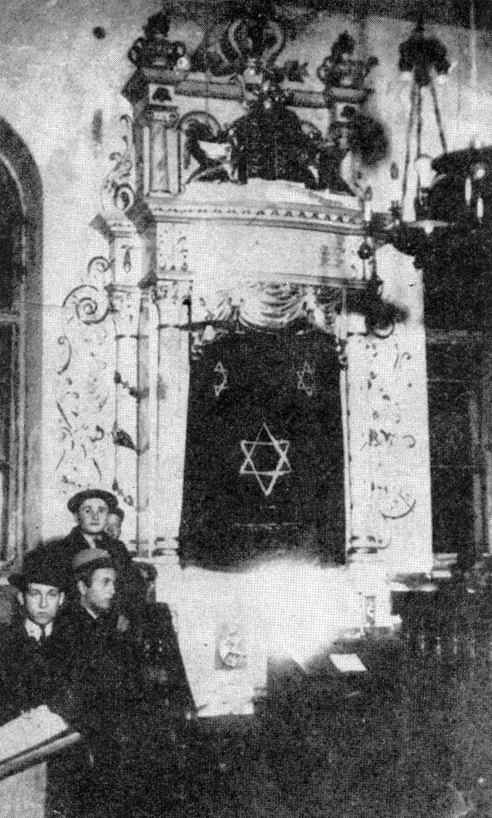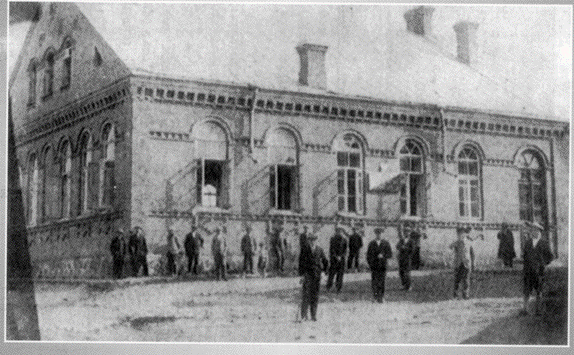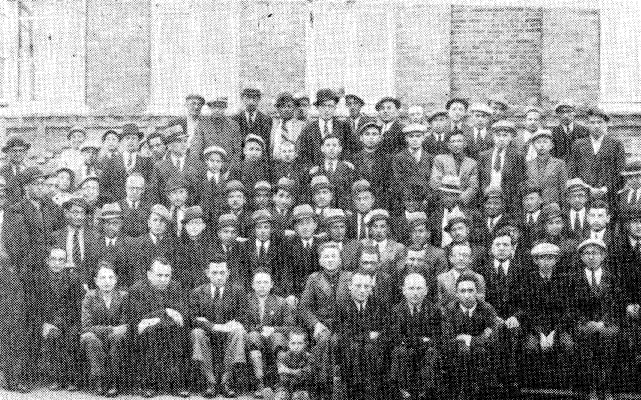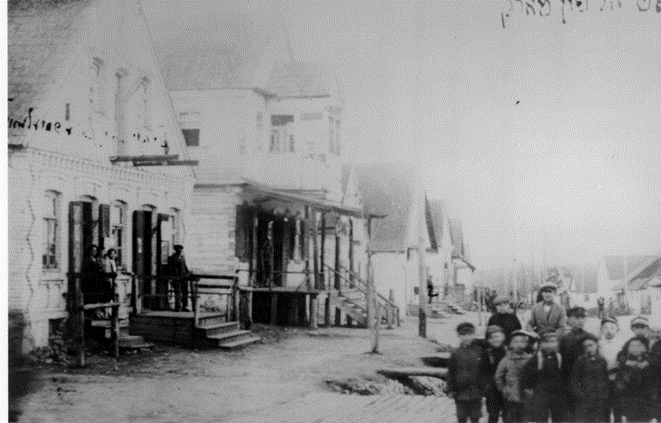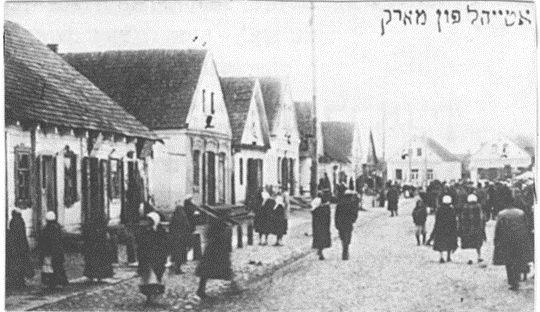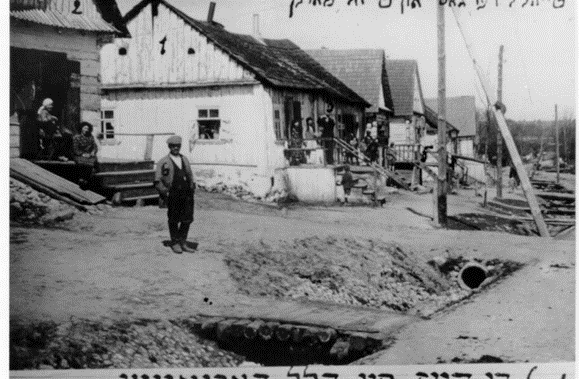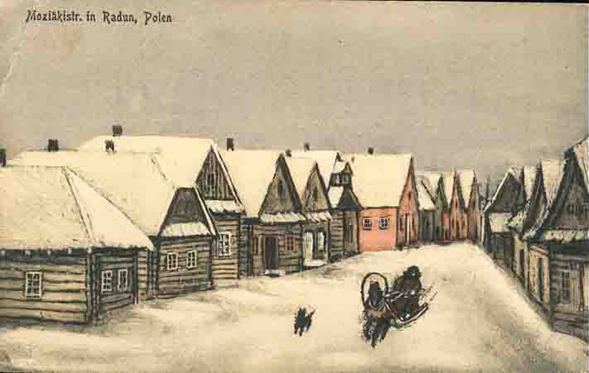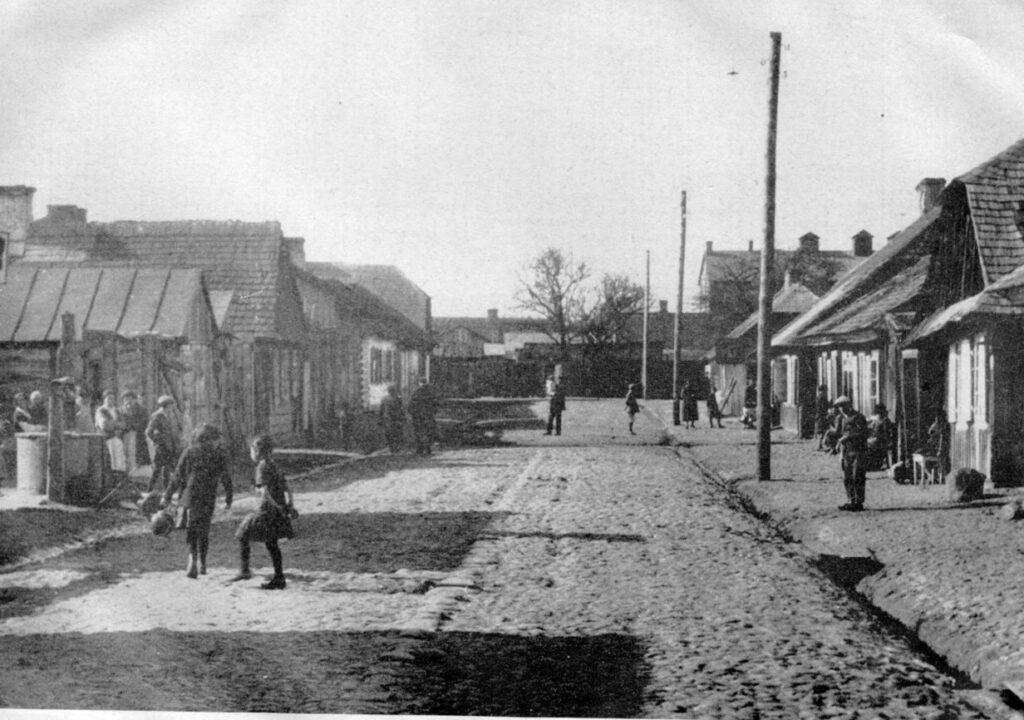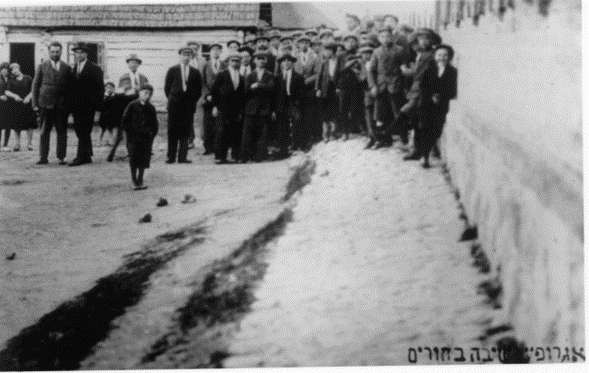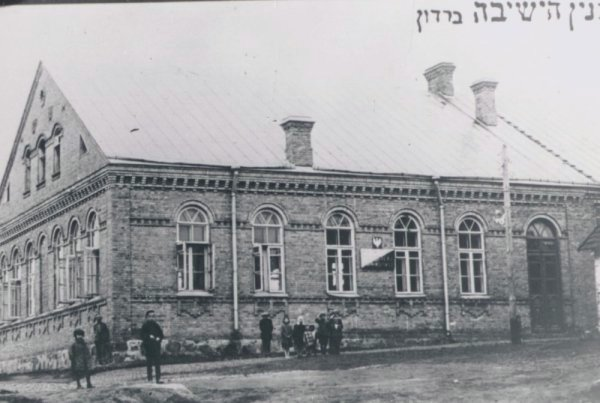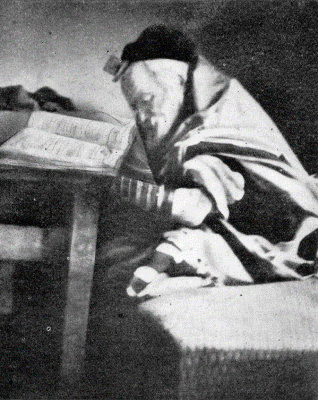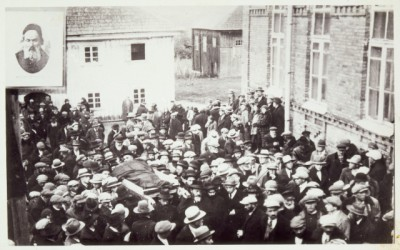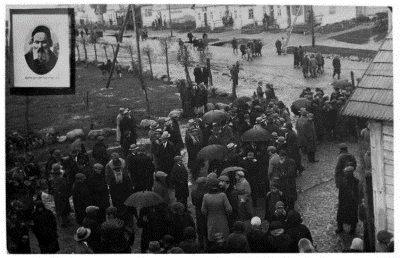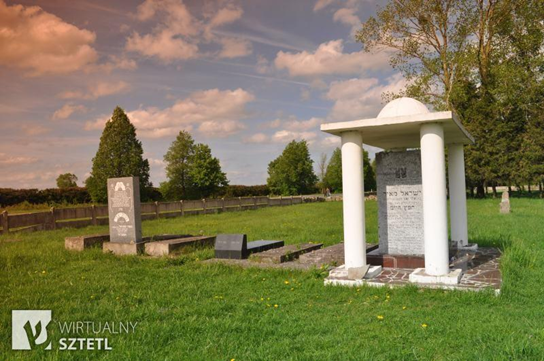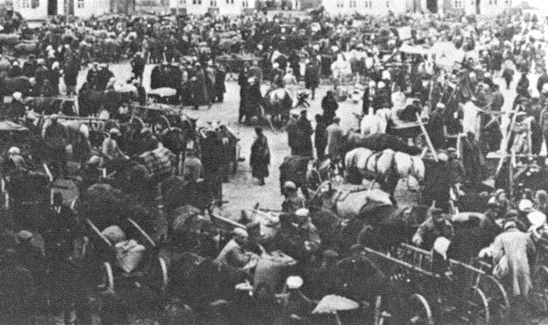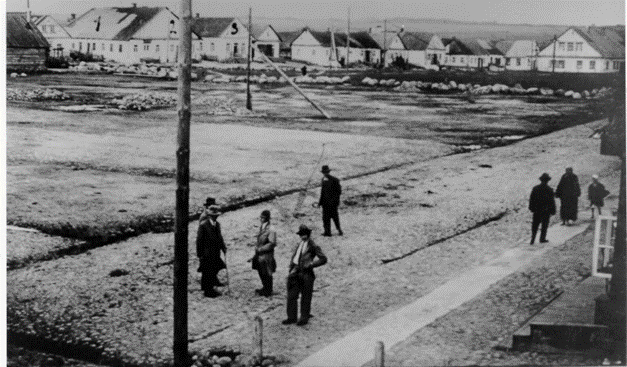Radin, A Town that Was
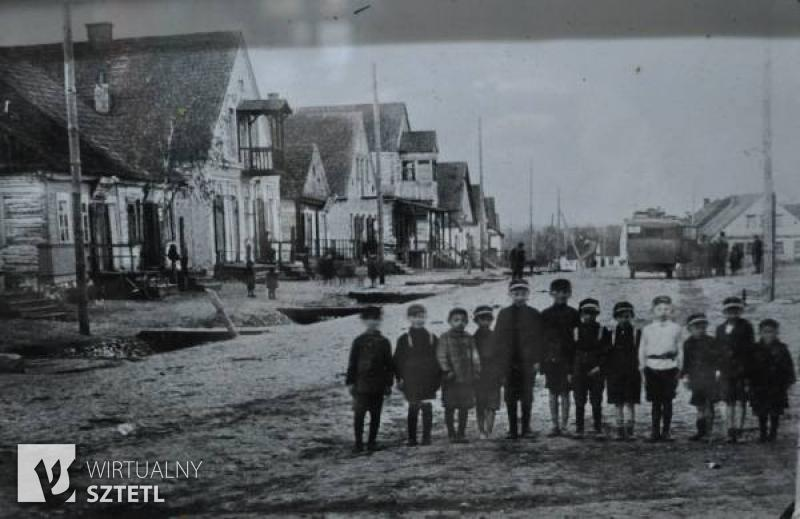
The children of Radin, Poland (now Radun, Belarus) – What was their fate? May G-d avenge their blood
Today, ninety years ago, with the twilight of the 24th of Elul 5693 (Sept. 15, 1933), heartbroken Jews attended the funeral of the greatest of the generation, Rabbi Yisrael Meir HaCohen Kagan, the “Chafetz Chaim”, the tzaddik who left a mark on generations, the genius who enlightened the eyes of Israel in his halachic books, and gave the Jewish People the gift of life, “Who is the man who desires life (‘chafetz chaim’)…we will guard his tongue from evil…” (Psalms 34:13-4)
The Chafetz Chaim was a leader in a tumultuous time, between the two world wars when Jewish life, Jewish towns, and the well-rooted pure education, experienced upheavals and “the ship thought of breaking up…” (Jonah 1:4). The Chafetz Chaim was the captain, the leader, the guide, and the faithful shepherd.
Ninety years have passed since that day when thousands escorted the elderly leader to rest. The whole world knew about him and the leaders of countries went out of their way to honor him, while he himself was always humble, always in a corner, always with a soft noble smile on his face, sitting in an old and simple house, and he despised the turbulent, new world that began to discover technology and progress.
Many of the Chafetz Chaim’s descendants perished in the Holocaust that broke out just a few years after his passing, and his daughter, Rebbetzin Zaks, who was born to him when he was already over seventy years old, told in her old age that her father told her when she was still a child, that “people may wonder why I built a new house in my old age. It is not a common thing to get married again at my age, but the truth is that the reason for this is you. Of all my children, only you will remain as a memory of me in the ‘lands of life.'”
The daughter of the Chafetz Chaim miraculously escaped from the burning Europe and her descendants, among them Torah scholars and and heads of yeshivas, are indeed the only grandchildren of the Chafetz Chaim, Torah and mitzvah observant Jews who bring joy to their illustrious grandfather, the rabbi of the whole Diaspora.
The fate of Radin was like the fate of all the towns of Eastern Europe. In October 1941, the Jews of Radin were transferred to the ghetto where almost a thousand Jews from other communities in the vicinity were also concentrated. In May 1942, a group of Jews who were forced to dig killing pits rebelled against the Germans. 17 Jews managed to escape, and the rest of the diggers were murdered. After that, about 1,000 of the ghetto’s residents were also murdered in the aktion. Hundreds were left as workers, and hundreds fled or hid. Those who remained in the ghetto were transferred after about a month to the Szczecin ghetto.
The Radin Yeshiva, which had periods of glory, and endured wanderings and sorrows even during the First World War, was closed at the beginning of the war and most of its students were killed in sanctification of G-d’s Name.
With the outbreak of WWII, the Soviet Union controlled Radin. Most of the yeshiva students moved to Vilna, Lithuania, while a minority of them remained in Radin, and among them were relatives of the Chafetz Chaim: Rabbi Mordechai Dov Roitblatt, Rabbi Hillel Ginzburg, who was the son-in-law of Rabbi Eliezer Ze’ev Kaplan, and Rabbi Avraham Trop. When the conditions in Vilna became too difficult, they decided, once again, to split the yeshiva into two. One half was located in Eishishok (Eisiskes), under the leadership of Rabbi Yehoshua Levinson, and the other in Utena. When the Soviets occupied Lithuania, the yeshiva ceased to function. Although great efforts were made to allow yeshiva students to escape, only a few were able to obtain visas and immigrate.
Link to a comprehensive article (in Hebrew) on the Radin Yeshiva and its fate, on the “Daat” website: https://www.daat.ac.il/daat/chinuch/mosdot/radin-2.htm
In honour of the Chafetz Chaim’s 90th yahrzeit (anniversary of death), we present photos from the town of Radin, from the archives of Ganzach Kiddush Hashem.
